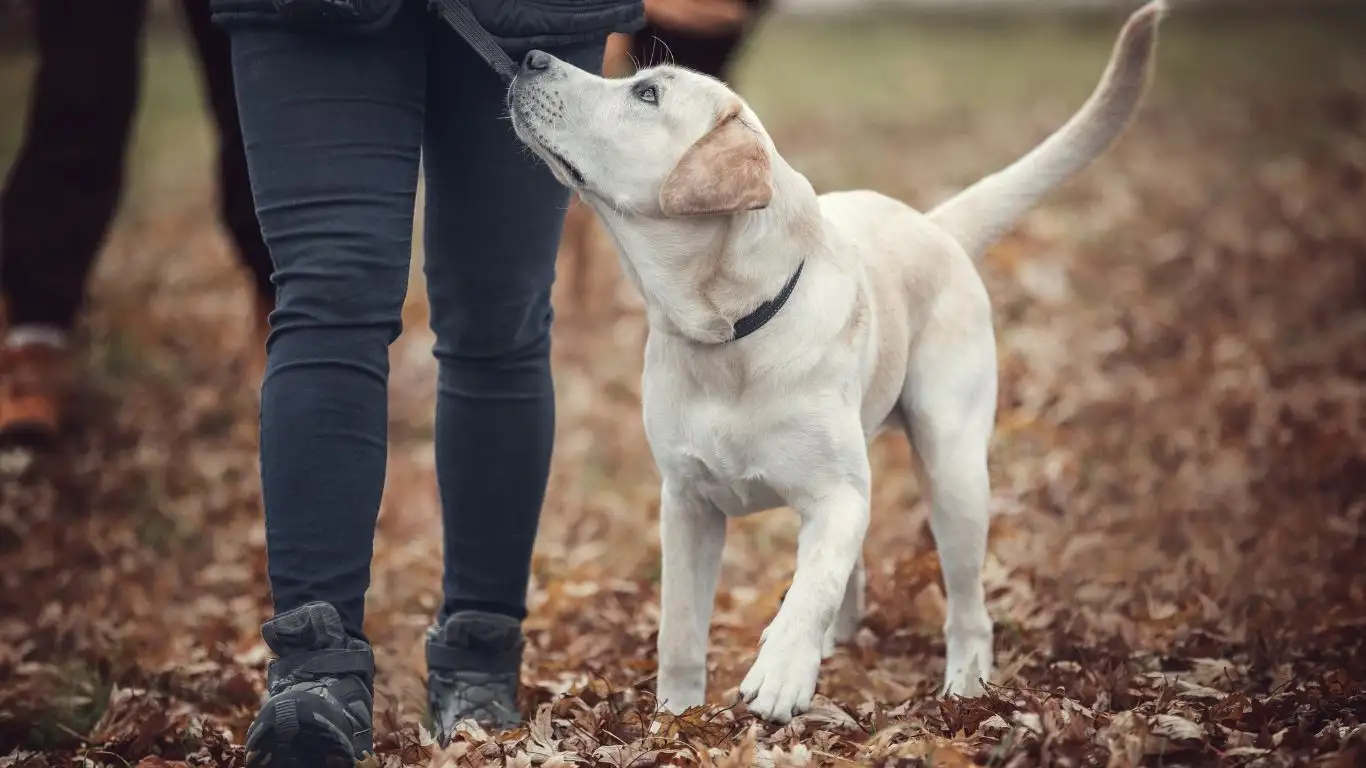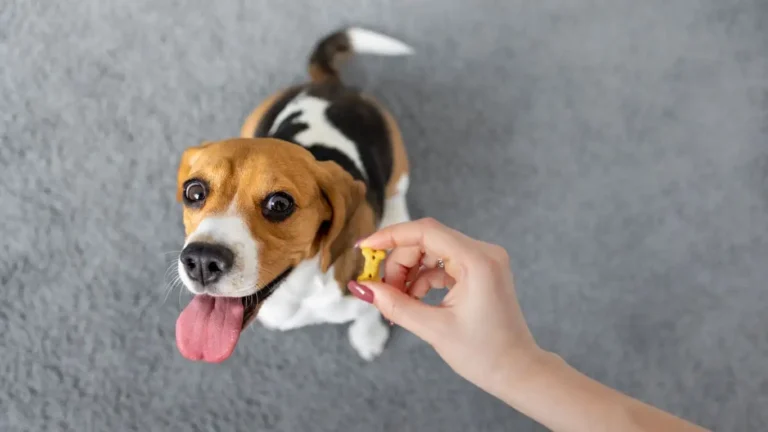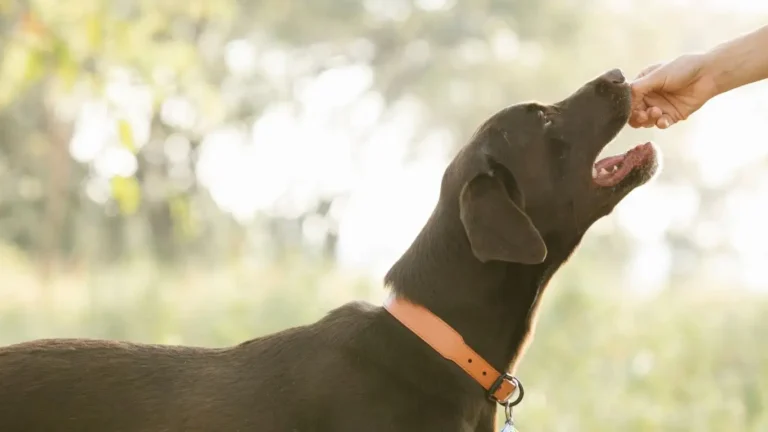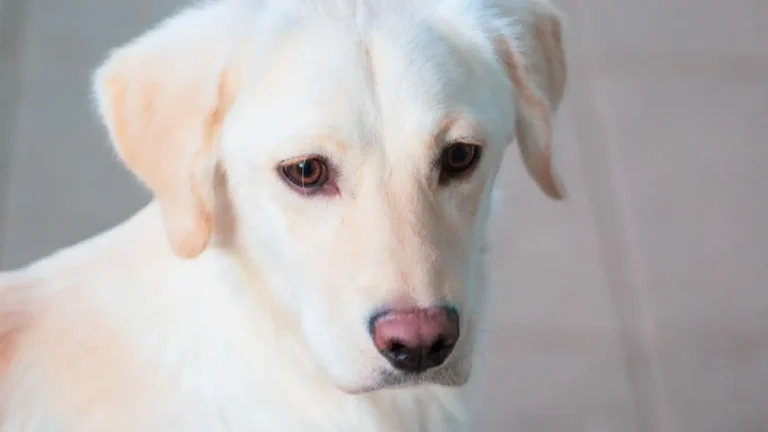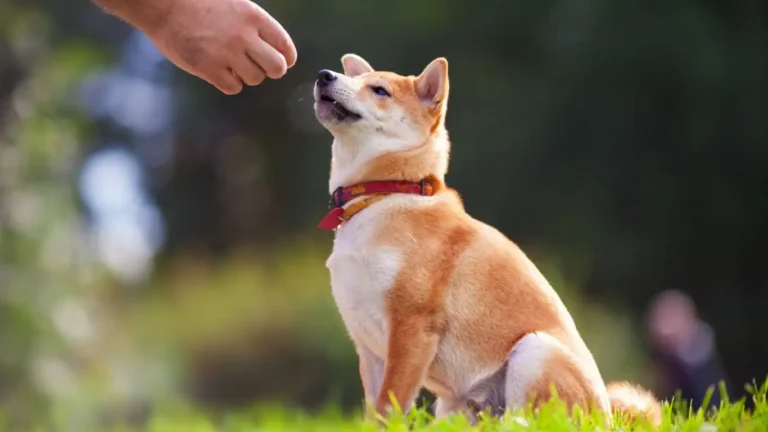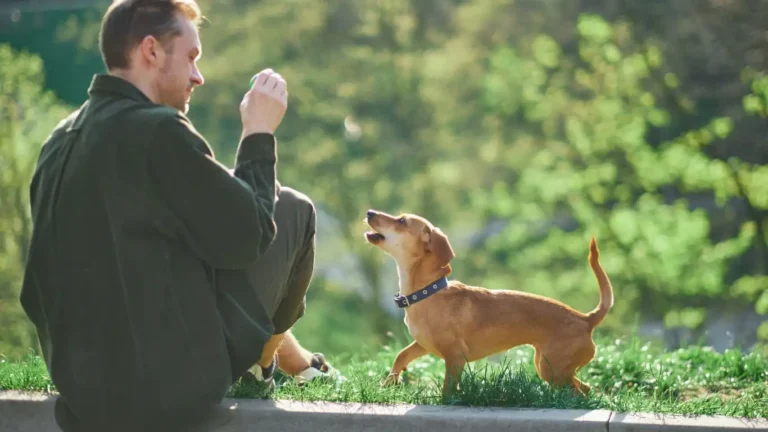Frustrated? How to Train a Dog to Not Chase Remote-Controlled Toys
Ever found yourself yelling “Leave it!” while your dog bolts after a buzzing RC car like it’s the best squirrel impersonator they’ve ever seen? Yep, I’ve been there too. As a Canine-Assisted Therapy Trainer, I’ve worked with tons of pups—some calm as monks, others with the attention span of a gnat on espresso. If you’re wondering how to train a dog to not chase remote-controlled toys, you’re in the right spot. This isn’t just about teaching a command—it’s about reshaping your dog’s impulses. Let me walk you through what’s worked for me and my furry trainees in real-world settings.
Why Dogs Chase Remote-Controlled Toys in the First Place
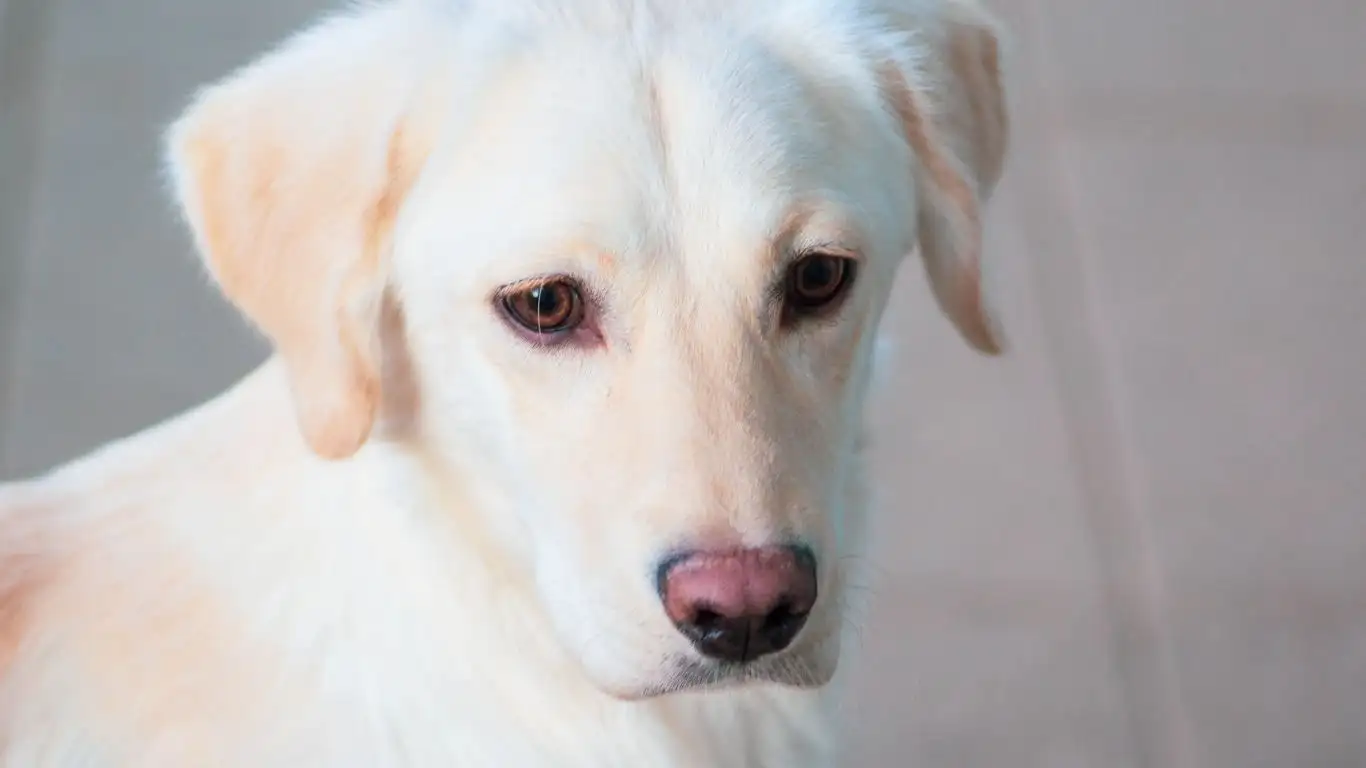
Before we dive into how to stop the chasing, let’s talk about why dogs love the thrill of the chase. I mean, it’s hard to blame them. That zig-zagging, whirring little gadget looks like prey to their canine brains—like a hyperactive mouse on wheels. It lights up their prey drive like a firecracker.
Here are a few reasons this happens:
- Instinct: Dogs, especially herding or hunting breeds, are hardwired to chase moving things.
- Boredom: A dog with pent-up energy will chase just about anything to burn it off.
- Lack of training: Without impulse control training, the temptation to dart after something fast is too much to resist.
One of my therapy dogs, Luna—a Border Collie with laser-focused eyes—once herded my nephew’s RC truck like it was a lost sheep. It was cute until she chewed off a wheel. That’s when I knew we had some work to do.
Start with Basic Obedience (It’s Your Foundation)
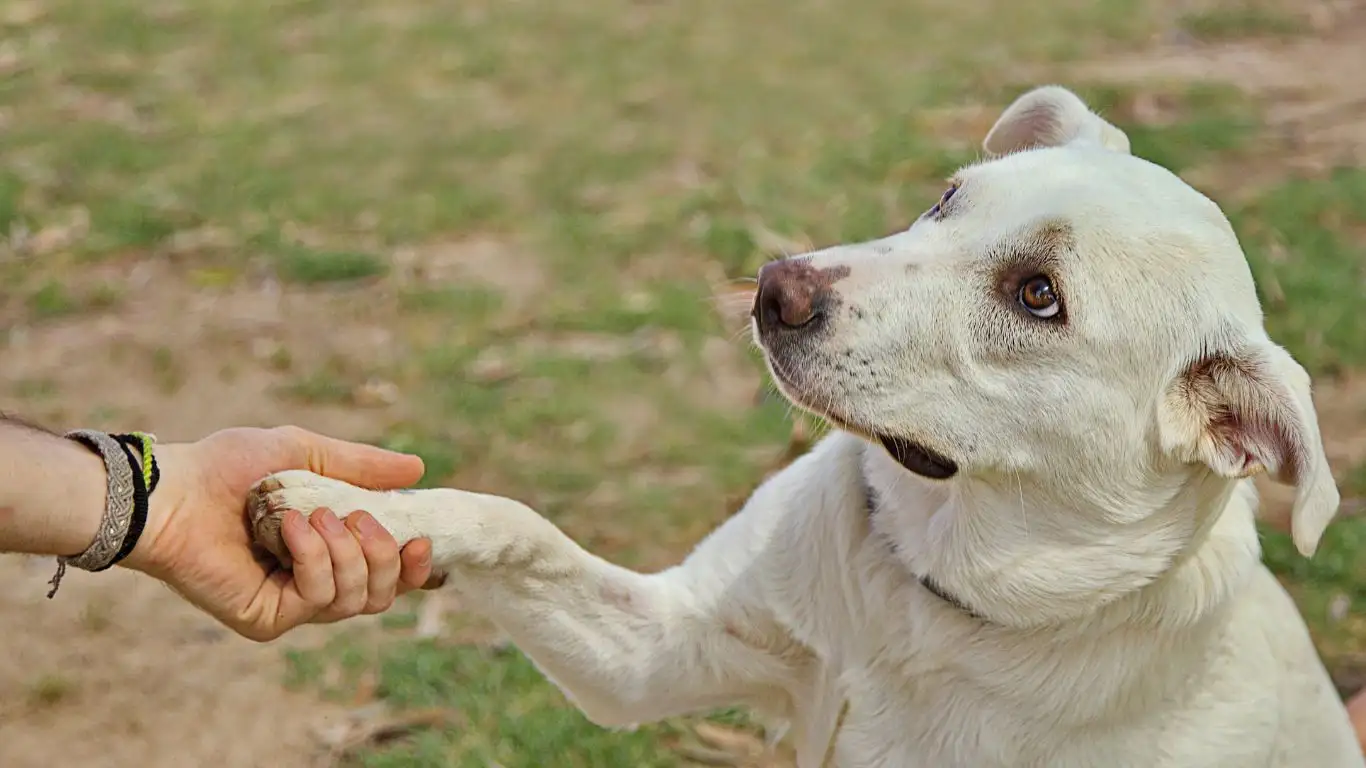
Every successful behavior fix I’ve seen started with rock-solid basics. If your dog doesn’t have consistent sit, stay, or leave it commands under their collar, chasing a toy is just one of many issues that’ll show up. Trust me, trying to train without this is like baking a cake without eggs—it might hold up for a minute, but it’s gonna collapse.
Drill the “Leave It” Command
This one is your MVP when it comes to distractions like RC toys. I teach it in layers, starting with food (because food > toys for most dogs) and working up to moving objects.
- Start with a treat in your hand. Let your dog sniff, then firmly say “Leave it.”
- Once they pull back or look away, reward immediately with a different treat from the other hand.
- Repeat until they get it consistently. Then, level up by placing the treat on the floor.
Eventually, you’ll graduate to “leave it” with a toy, then a rolling ball, and finally your RC car. Patience is your best friend here—and honestly, a lot of cheese doesn’t hurt either.
Introduce the Remote-Controlled Toy the Right Way
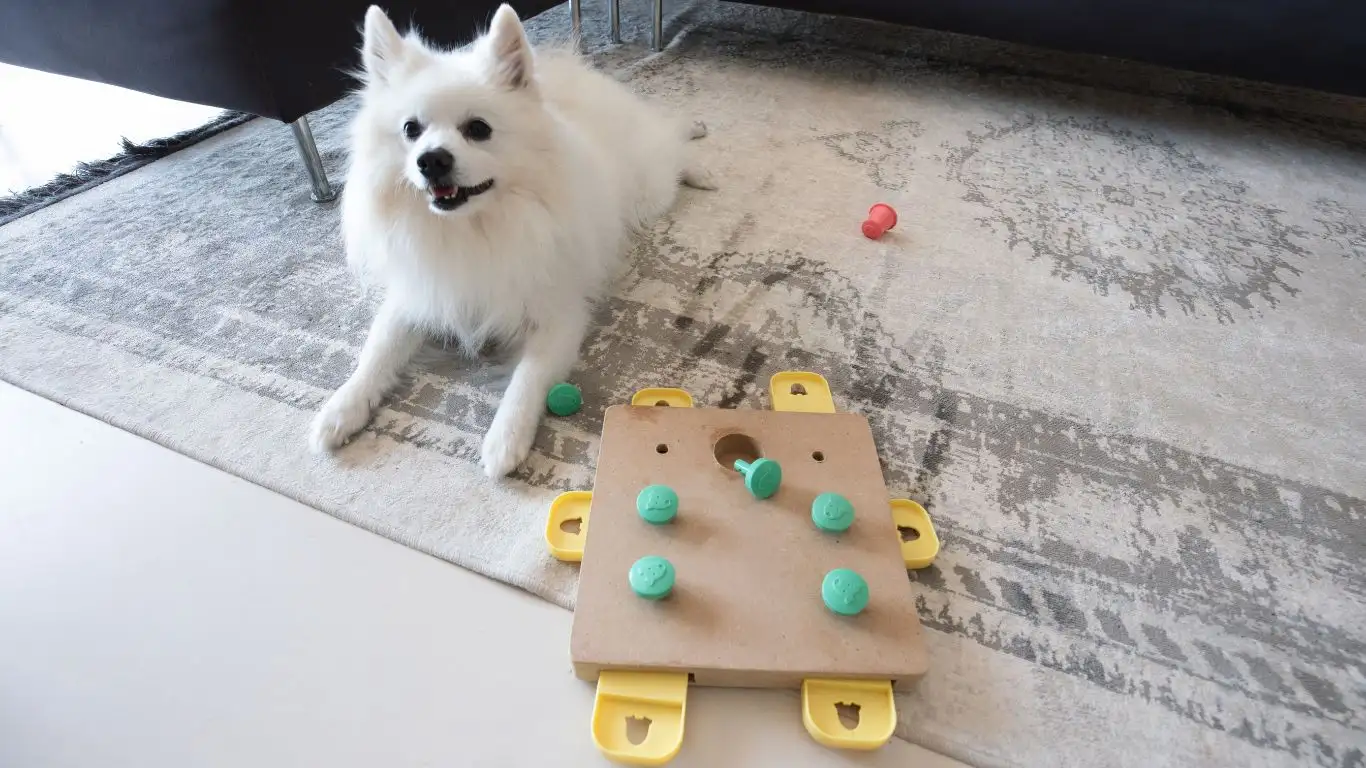
Now, this is where the rubber meets the road. Your goal is to desensitize your pup to the toy’s movement. When I worked with a high-energy Goldendoodle named Max, we used a step-by-step intro that transformed him from wild chaser to chill observer.
Step-by-Step Desensitization
- Start with the toy off. Let your dog sniff it while it’s still. Reward calm behavior.
- Turn it on without moving it. If your dog stays calm, reward big time.
- Move it slowly in short bursts. The moment your dog glances at it without reacting, mark the behavior with a “Yes!” or click and treat.
- Gradually increase speed and movement distance, rewarding non-chasing behavior each time.
This method isn’t magic, but it works. You’re teaching your dog to remain neutral to something that would normally trigger a zoomie explosion. Remember, if your pup gets hyped, take a break. Training should feel like a game, not a battle.
Build Focus Through Engagement Games
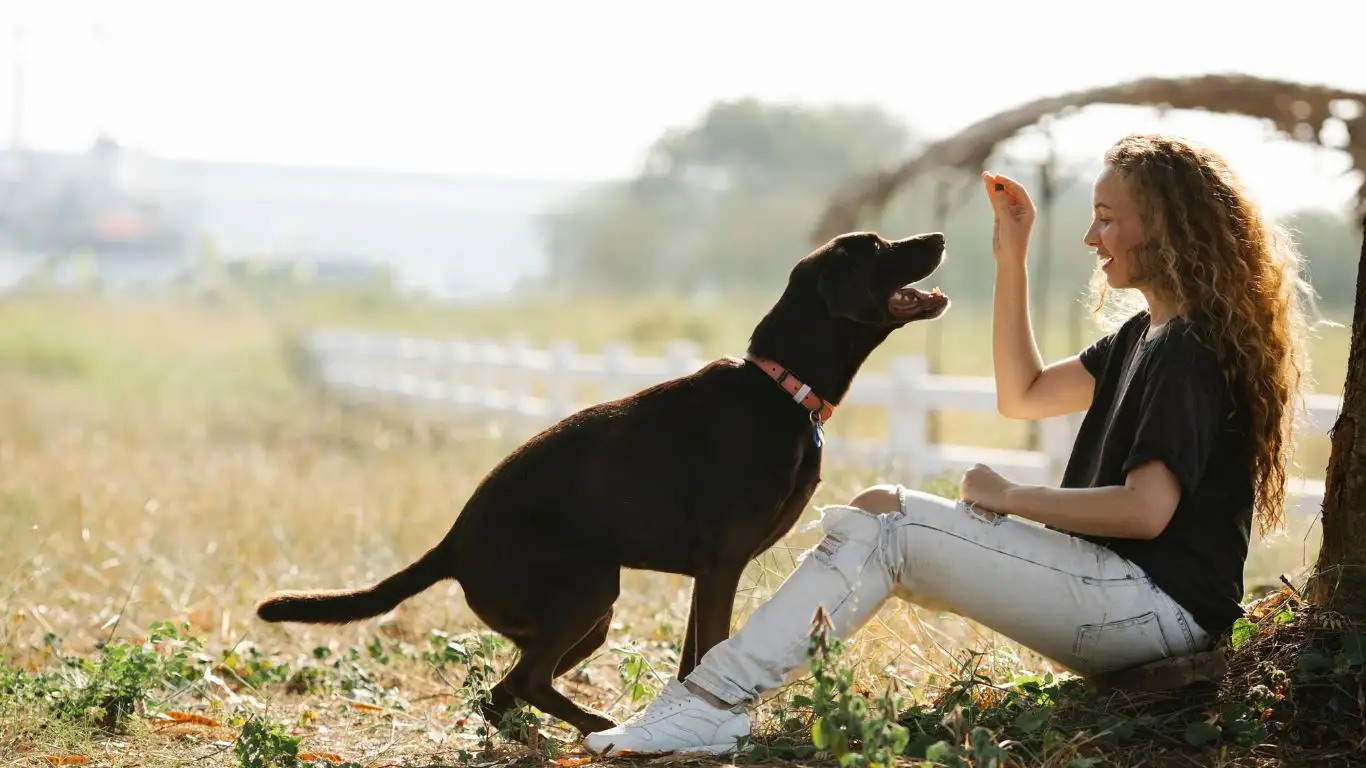
Alright, now that your dog isn’t chasing after the RC toy like it owes them money, let’s go a little deeper. One thing I’ve learned from years of working with therapy dogs—especially the energetic ones—is that keeping their brain busy is just as important as keeping their paws still. That’s where engagement games come in.
If your dog is focused on *you*, the temptation to bolt after something else drops dramatically. This is especially crucial when you’re figuring out how to train a dog to not chase remote-controlled toys. I’ve used these techniques with dozens of dogs in therapy settings, from Labradors to nervous little Chihuahuas, and they’ve made all the difference.
Try These Brainy Engagement Games
- Find It: Toss a treat while your dog watches, say “Find it!” and let them hunt. It taps into that same search-and-chase instinct but channels it productively.
- Look at Me: Say their name, wait for eye contact, and reward. This builds a habit of checking in with you instead of locking onto moving targets.
- 1-2-3 Game: Count out loud “1, 2, 3” and toss a treat after “3.” They’ll start to anticipate and focus on your voice instead of random distractions.
Pro tip: I used these with a hyper Weimaraner named Scout. That dog could chase a squirrel-shaped cloud if he thought it moved. But once we added a couple of these games to our daily walk, he started checking in with me way more than lunging at distractions. Engagement is the secret sauce.
Use Distance as a Training Tool
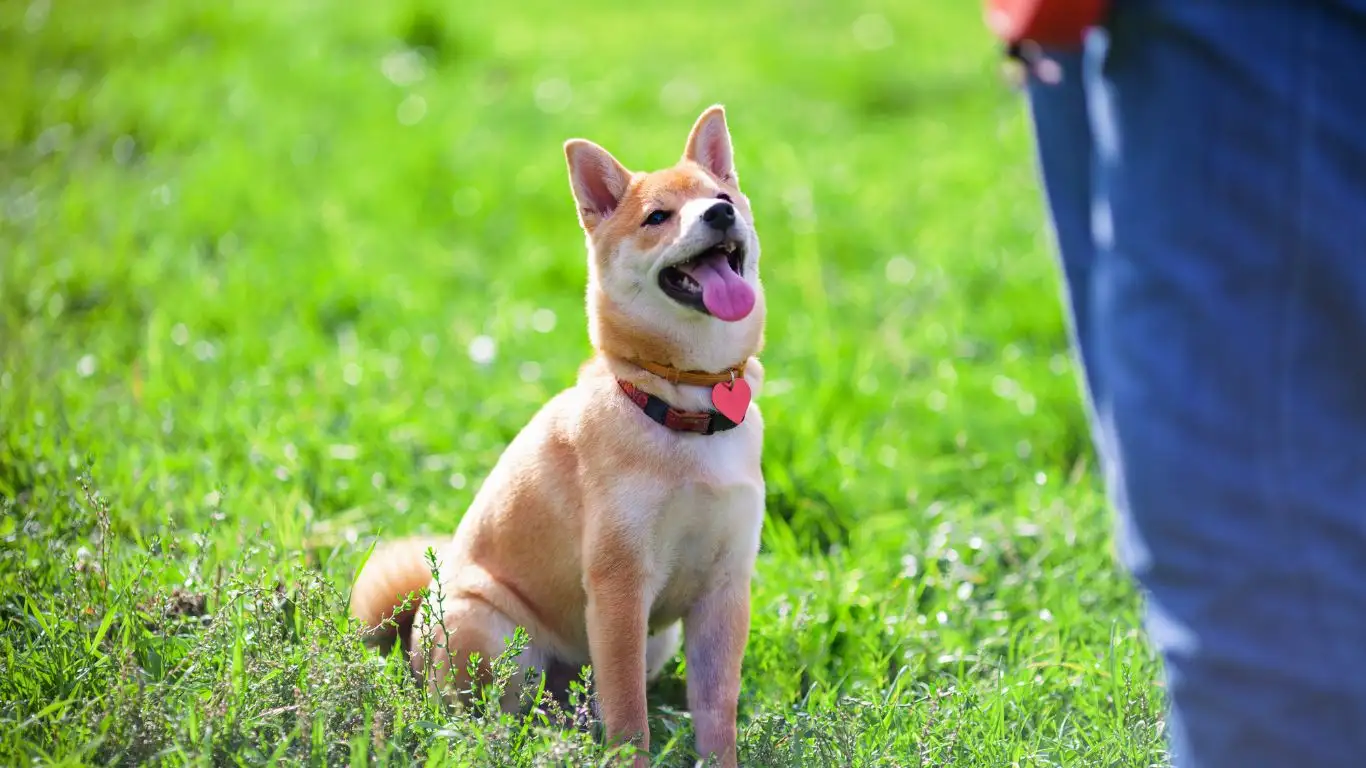
Sometimes the best training happens at 20 feet away. Seriously. If your dog is losing their cool when the RC toy gets close, then back it up—literally. One mistake I see a lot of folks make (and yep, I’ve done it too) is starting too close to the distraction. When your dog is already overstimulated, learning is off the table.
Here’s how I break it down:
- Figure out your dog’s “threshold”—the distance where they can notice the toy but still focus on you.
- Work just below that threshold. You should be getting tail wags, eye contact, maybe a sit. No barking or lunging.
- As your dog gets more confident, close the gap slowly. Maybe a foot at a time. No rush.
I once worked with a German Shepherd named Blaze who had *zero* chill when the neighbor’s RC car came out. We started at the end of the driveway. A month later, he was calmly sitting five feet away while the thing zoomed past. That kind of progress doesn’t happen by forcing it—it happens with distance, patience, and loads of praise.
Make the Remote-Controlled Toy Boring
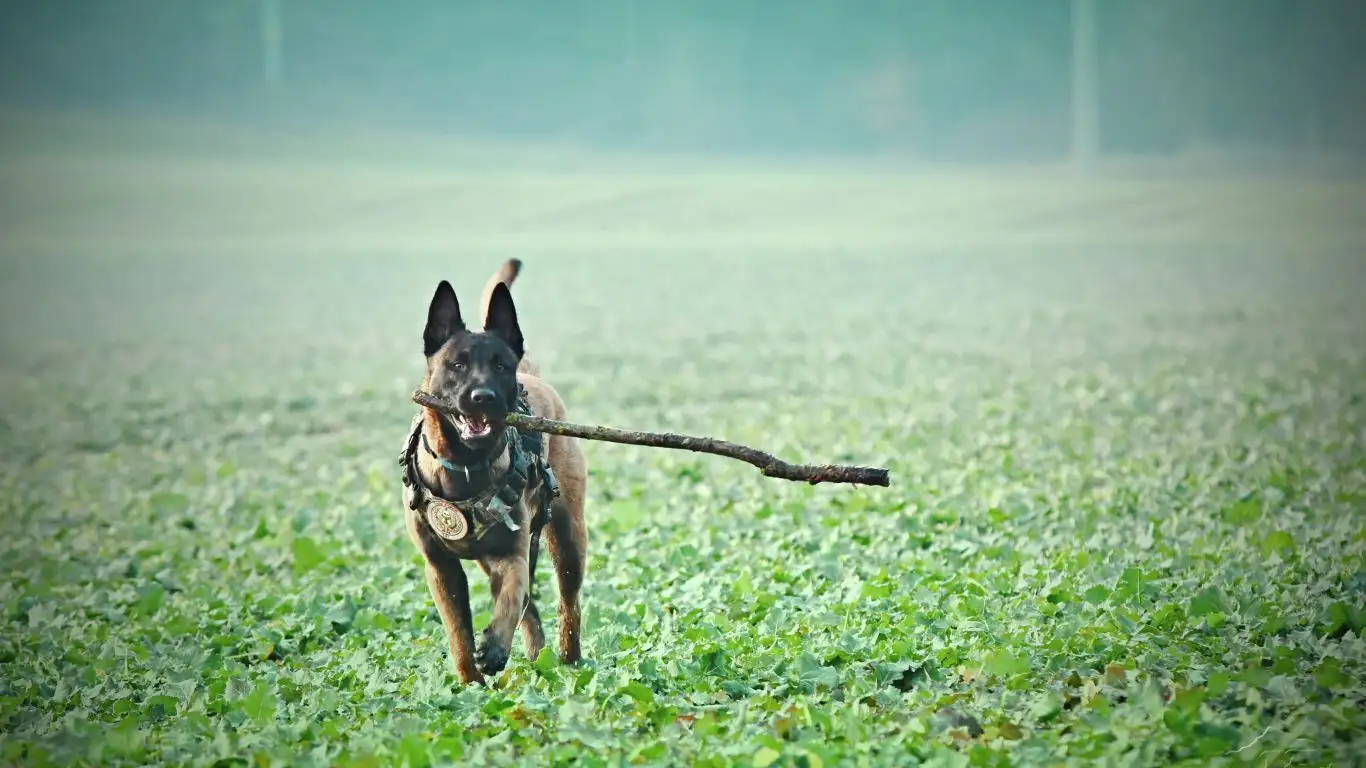
Okay, this might sound strange, but bear with me. Part of teaching your dog not to chase something is convincing them that the thing just isn’t that exciting. I call it “making the toy boring.” Think about it—if every time your dog sees the RC toy it leads to excitement, they’re gonna keep looking for that buzz.
Here’s the plan:
- Run the toy around at a distance with no fuss—no commands, no treats, no drama.
- If your dog reacts, redirect gently and reward calmness. Rinse and repeat.
- Eventually, the toy just becomes background noise. Like a ceiling fan. Or that one squirrel who never leaves your fence post.
This worked wonders with a mixed-breed rescue I helped train, Molly. She used to go bananas over anything with wheels. But once the RC toy stopped being a source of attention, she kinda shrugged it off. That’s the win.
Involve the Whole Family
This is a piece a lot of folks overlook—and I get it. Everyone in the house has their own routine, their own way of handling the dog. But consistency is *everything* in training. If one person’s letting the dog chase the toy while another’s working on “leave it,” you’re gonna go in circles (and not the fun RC kind).
Have a family meeting, quick huddle, whatever works. Make sure everyone uses the same cues, reinforces the same behaviors, and sticks to the plan. When I trained therapy dogs for homes with kids, this was crucial. We’d do fun little “trainer” challenges with the kids involved too—it kept everyone engaged and on the same page.
Training your dog not to chase remote-controlled toys isn’t about squashing their excitement—it’s about redirecting it, building trust, and giving them tools to make better choices. And hey, if you can have a little fun along the way? Even better.
Proofing the Behavior in Real-World Scenarios
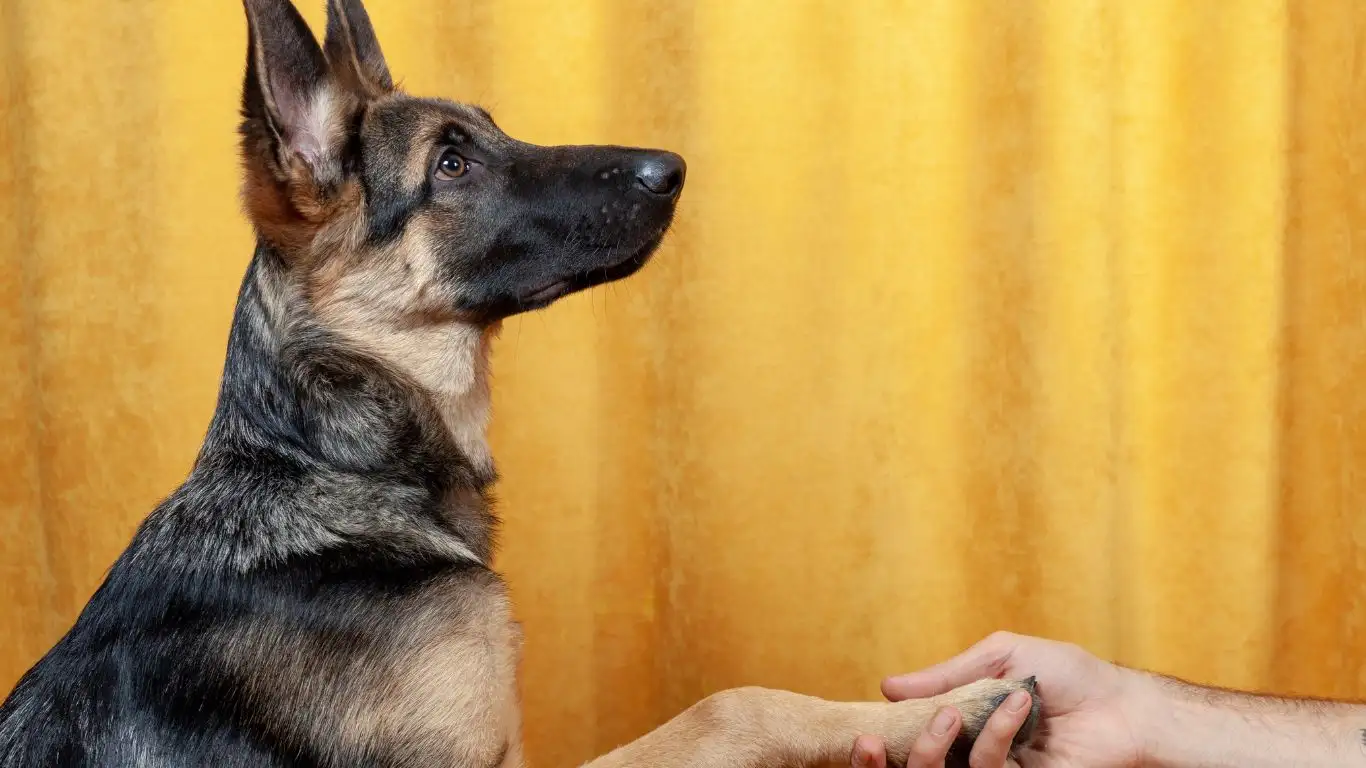
So your dog’s finally keeping their cool around that pesky RC toy in your living room—awesome. But now comes the real challenge: can they stay chill *outside* with distractions everywhere? Proofing is where the rubber hits the road. And it’s one of those steps that gets overlooked, but man, is it critical.
I remember working with a sweet Golden Retriever named Bailey. She was rock solid with “leave it” indoors. The second we hit the park and a remote-controlled drone zipped by? Game over. So we had to go back and reinforce the same training—same commands, same praise—but now in a high-stakes environment.
Steps to Proof the Behavior Outside
- Start in a familiar outdoor space, like your yard. Reintroduce the RC toy at a distance.
- Use a long leash for safety and flexibility. Let your dog explore but keep control.
- Reinforce calm behaviors with high-value rewards—like cheese cubes or freeze-dried liver treats (seriously, dogs go nuts for those).
- Gradually move to more stimulating environments: the park, near other dogs, around kids, etc.
The key is to go slow and read your dog’s body language. If their ears perk and their body stiffens at the sound of the toy, that’s your cue to back off a little. No shame in dialing it back. The goal is steady, sustainable progress.
What If Your Dog Just Can’t Resist?
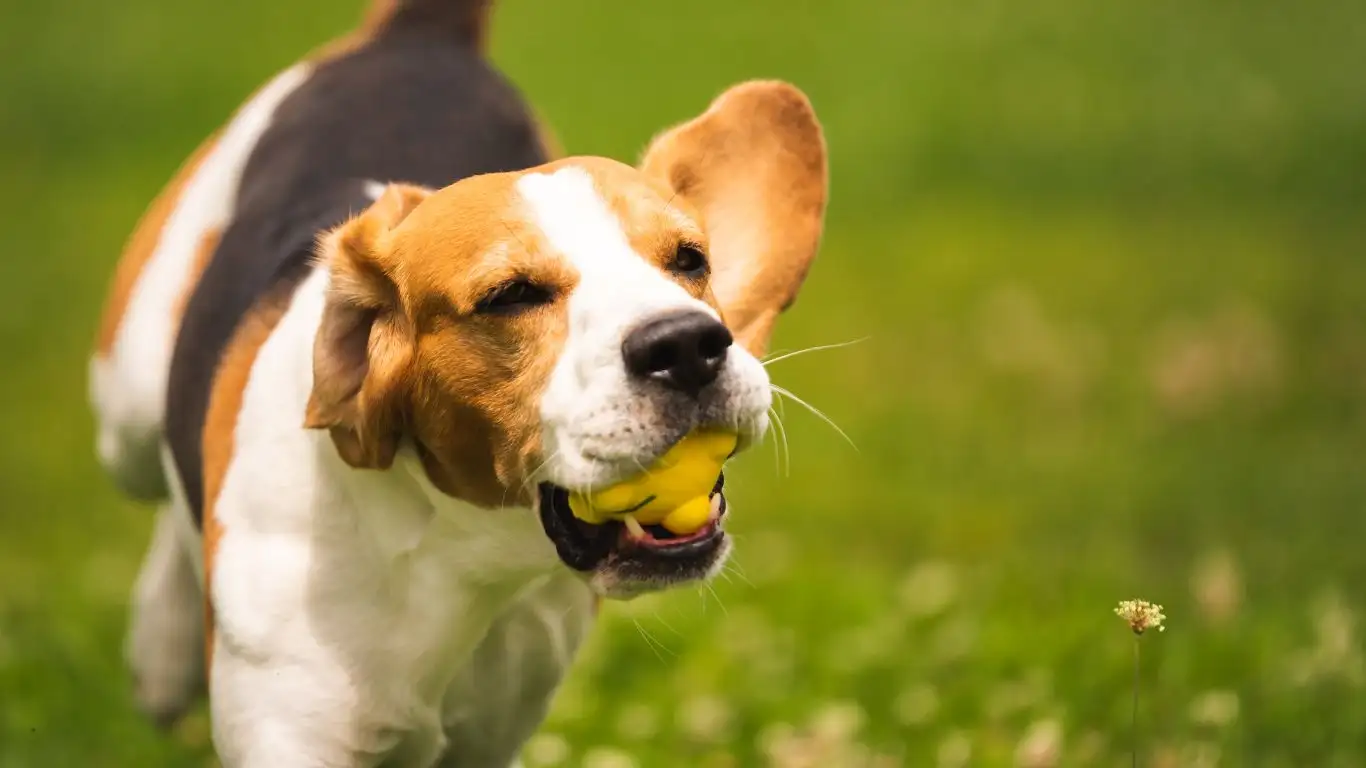
Now, here’s the truth: some dogs will always *want* to chase. That instinct is baked in deep, especially in breeds like terriers, herders, and sight hounds. So if you’ve been trying everything and still struggling, don’t beat yourself up. It doesn’t mean you failed—it just means your dog might need a slightly different strategy.
In these cases, management tools can be your best friends. Here are a few I recommend and use myself:
- Long lines or training leads: Give freedom while maintaining control.
- Physical barriers: Use baby gates or fenced-off areas when the toy is in use and training isn’t actively happening.
- Redirect toys: Introduce a flirt pole or tug toy as an approved outlet for their chase instincts.
With one of my past dogs, Tyson (a stubborn but lovable Husky mix), I actually trained a cue we called “Go Crazy”—it let him chase a special toy *on cue*. That way, he got the thrill of the chase, but in a controlled and safe way. Sometimes, working with the instinct is better than fighting it head-on.
Celebrate the Wins—Even the Small Ones
I always tell my clients this: training isn’t about perfection. It’s about progress. If your dog looks at the toy and then turns to you for a treat—that’s a huge win. If they hesitate before bolting? Still a win. Celebrate those micro-moments, because they add up fast.
There’s something magical about seeing your dog choose calm over chaos, especially when you know how hard they worked to get there. It’s not just behavior—it’s trust, it’s connection, it’s teamwork. And in my experience, those are the same qualities that make a great therapy dog, a great family pet, and just an all-around awesome companion.
References
- American Kennel Club (AKC) – Reliable resources on dog behavior and training techniques.
- Positively – Victoria Stilwell’s training site, full of reward-based methods and tips.
- ASPCA – Great info on behavioral issues and how to manage them humanely.
- Certification Council for Professional Dog Trainers (CCPDT) – Find certified trainers and evidence-based approaches.
Disclaimer
The information shared in this article is based on my experience as a Canine-Assisted Therapy Trainer and is intended for educational purposes only. Every dog is different, and not all methods will work the same for every pup. Always consider working with a certified professional dog trainer, especially if your dog shows signs of anxiety, aggression, or obsessive behaviors. Safety first—for both you and your four-legged friend.
